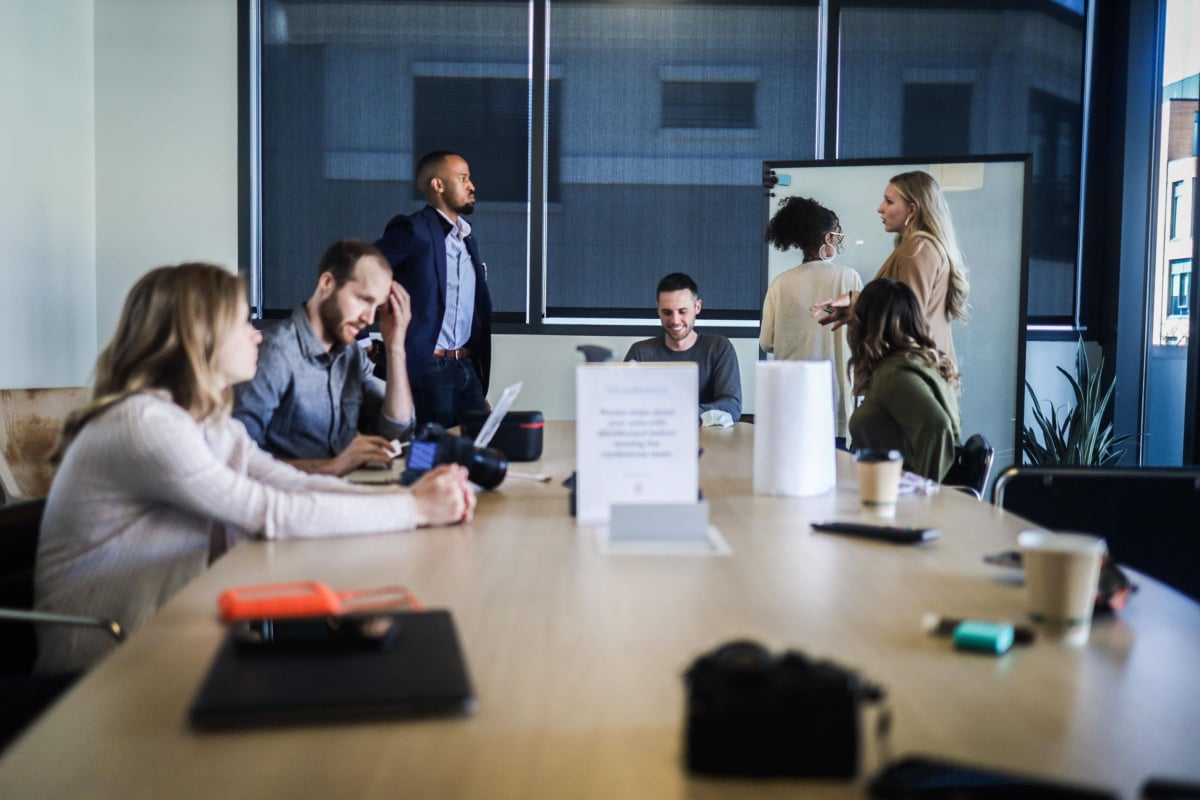Questions help us to gather information, clarify facts, and communicate with others. They are a key element of effective communication. In this blog, you will see how you can improve results by making changes to how you ask questions.
Management and Communication
In our “Introduction to Management” course, we look at the importance of a new manager’s communication and how vital it is to help your team increase productivity, efficiency and for you to get the results you expect from your team.
The impact of asking the right questions on team performance cannot be underestimated.
Here are some questioning techniques that you can use:
Closed questions
Closed questions limit the answer to usually yes or no, some examples include:
“Have you identified all the resources required?”
“Have you hit your targets this month?”
Although closed questions tend to shut down communication, they can be useful if you are searching for a specific piece of information. For example, you can use them when you need exact answers, fact checking, or summarising. Think quantitative data.
Open questions
Open questions get their name because the response is open-ended; the person answering has a wide range of options to choose from when responding. Open questions are great conversation starters. They can be useful for fuller fact finding, to enhance communication to a greater depth, and of course they are useful if you need to get a full answer from someone. Open questions use one of six words as a root:
-
- Who?
- What?
- Where?
- When?
- Why?
- How?
TED/PIE
A simple tool to help ask great questions is the TED method, which stands for:
Tell me
Explain
Describe
You can also add the PIE method alongside TED to enhance your questions even more. PIE stands for:
Precisely
In detail
Exactly
As an example you could ask:
“Tell me precisely…?”
“Explain to me in detail…?”
“Describe exactly…?”
Other question types
There is a toolbox of probing questions that we can use. Each type serves a specific purpose.
Clarification
By probing for clarification, you invite the other person to share more information so that you can fully understand their message.
“What does … look like?” (Any of the five senses can be used here)
Completeness and Correctness
These types of questions can help you ensure you have the full, true story. Having all the facts can protect you from assuming and jumping to conclusions – two fatal barriers to communication.
“What else happened after that?”
Determining Relevance
This category will help you determine how a point is related to the conversation. It can also help you get the speaker back on track from a tangent.
“How does that relate to…?”
Drilling Down
Use these types of questions to nail down vague statements.
“What do you mean by…?” or “Could you please give an example?”
Summarising
These questions are framed more like a statement, and they pull together all the relevant points. They can be used to confirm to the listener that you heard what was said, and to give them an opportunity to correct any misunderstandings.
“So you are after a product that is fast but also efficient?”
Remember, paraphrasing means repeating what you think the speaker said but in your own words.
Closing Thoughts
Simple, eh? (Closed question there) So remember… the wording of the questions you ask can have a significant impact on the responses you receive. By following these tips, you can improve efficiency and communication skills within your team. It could be an easy productivity win!




